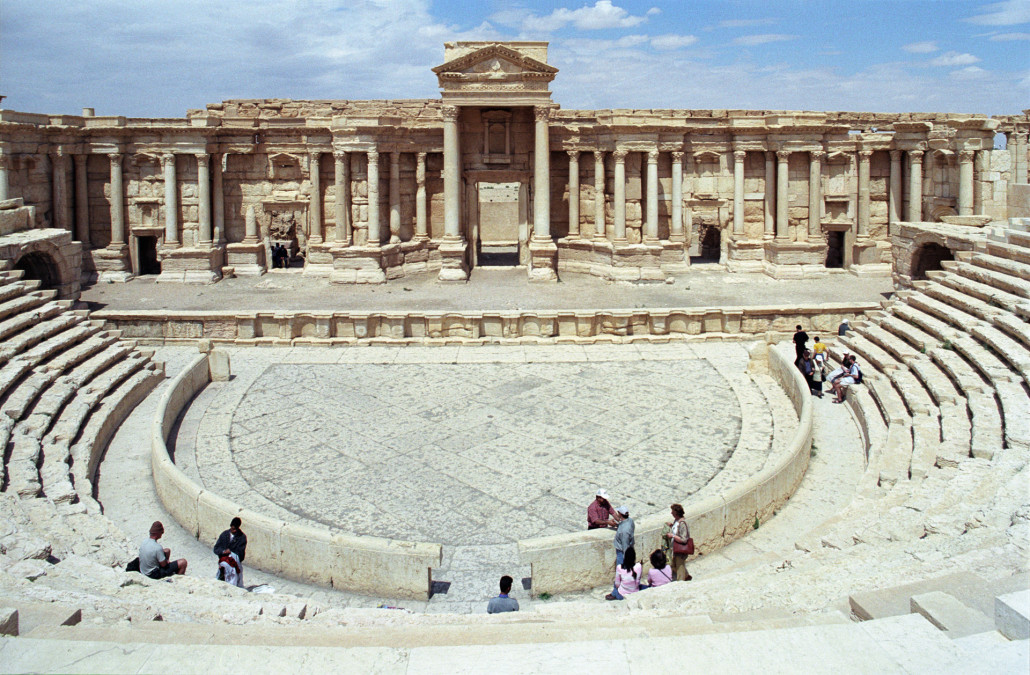
BEIRUT (AP) – Islamic State militants beheaded one of Syria’s most prominent antiquities scholars in the ancient town of Palmyra, then strapped his body from one of the town’s Roman columns, Syrian state media and an activist group said Wednesday.
The killing of 81-year-old Khaled al-Asaad was the latest atrocity perpetrated by the militant group, which has captured a third of both Syria and Iraq. Since IS overran Palmyra in May, there have been fears the extremists, who have destroyed famed archaeological sites in Iraq, would demolish its 2,000-year-old Roman-era city at the town’s edge, one of the Mideast’s most spectacular archaeological sites.
According to Syrian state news agency SANA and the Britain-based Syrian Observatory for Human Rights, al-Assad was beheaded on Tuesday in a square outside the town’s museum. The Observatory, which has a network of activists on the ground in Syria, said dozens of people gathered to witness the killing. Al-Asaad had been held by the IS for about a month, it added.
His body was then taken to Palmyra’s archaeological site and hung from one of the Roman columns, Maamoun Abdulkarim, the head of the Antiquities and Museums Department in Damascus, told SANA.
Al-Asaad was “one of the most important pioneers in Syrian archaeology in the 20th century,” Abdulkarim said. IS had tried to extract information from him about where some of the town’s treasures had been hidden to save them from the militants, the antiquities chief also said.
SANA said al-Asaad had been in charge of Palmyra’s archaeological site for four decades until 2003, when he retired. After retiring, al-Asaad worked as an expert with the Antiquities and Museums Department.
Since falling to IS, Palmyra’s ancient site has remained intact but the militants destroyed a lion statue in the town dating back to the second century. The statue, discovered in 1975, had stood at the gates of the town museum, and had been placed inside a metal box to protect it from damage.
In early July, IS released a video showing the killing of some 20 captured government soldiers in Palmyra’s amphitheater. They were shot dead by young IS members, armed with pistols. Hundreds of people were seen watching the killings.
___
By BASSEM MROUE, Associated Press
Copyright 2015 Associated Press. All rights reserved. This material may not be published, broadcast, rewritten, or redistributed.
AP-WF-08-19-15 0715GMT



